Exploring the Science Behind Effective Home Insulation
If your house feels like a freezer in January and a sauna in July, insulation (or lack of it) is probably the culprit. Drafty walls, sky-high utility bills, and that one room that never seems the right temperature—sound familiar? It’s not just annoying. It’s science at work, or rather, bad insulation science working against you.
Effective residential insulation services is more than just fluffy material stuffed between walls. It’s a balance of physics, materials, and building design that controls how heat moves in and out of your space. Done right, it makes your home more comfortable, energy-efficient, and even quieter. Done wrong, it shortens your roof life, spikes your bills, and leaves you complaining about the thermostat.
How Heat Transfer Explains Insulation
The main reason insulation works—or doesn’t—comes down to physics. Heat always moves from warm areas to cooler ones. The goal of insulation is to slow down that transfer so indoor spaces stay stable year-round.
Conduction: Direct Heat Transfer
Conduction happens when heat moves through solid materials, like wood or drywall. Good insulation creates a barrier that resists this transfer, keeping warmth where you want it.
Convection: Air Movement and Energy Loss
Convection occurs when warm air rises and escapes into attics or gaps. Insulation reduces this movement by sealing pathways and keeping conditioned air in the living space.
Radiation: Invisible Energy Flow
Radiant heat is energy that moves in waves, like sunlight heating a roof. Reflective insulation materials help bounce this energy away before it builds up inside.
Fun fact: The same science that keeps your house warm in winter is used in spacesuits to protect astronauts from extreme temperatures.
Why R-Value Matters in Insulation
R-value measures how resistant a material is to heat flow. The higher the R-value, the more effective the insulation. But picking insulation isn’t just about chasing the highest number—it’s about balance with climate, building type, and installation method.
Climate and Regional Needs
Cold regions need higher R-values to hold heat, while warm areas may focus more on reflective insulation to manage radiant energy.
Material Performance Differences
Fiberglass, cellulose, and spray foam each achieve R-value differently. Spray foam, for example, provides both R-value and air sealing in one application.
| Insulation Type | R-Value per Inch | Extra Benefit |
|---|---|---|
| Fiberglass Batts | 2.9–3.8 | Affordable, widely available |
| Cellulose | 3.1–3.7 | Eco-friendly, good for older homes |
| Spray Foam (Closed Cell) | 6–7 | Air seal + moisture resistance |
Installation Quality Counts
Even insulation with a high R-value won’t work if installed with gaps or compression. Science meets craftsmanship here—precision is critical.
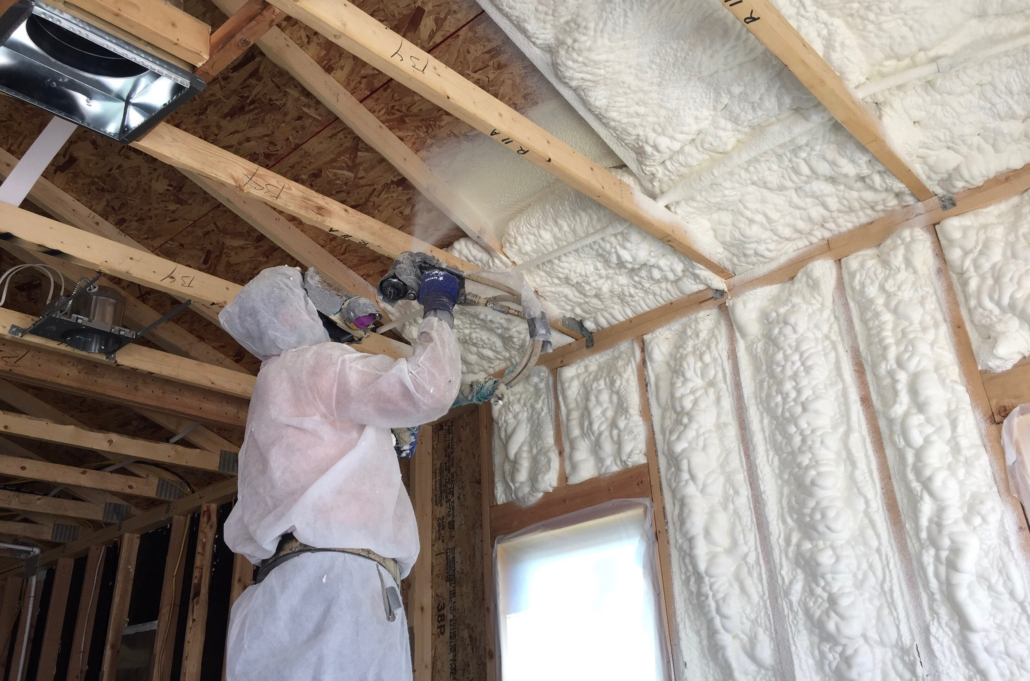
Moisture, Airflow, and the Science of Comfort
Heat isn’t the only thing insulation manages. Moisture control is just as important. Unchecked water vapor can create condensation inside walls and roofs, leading to structural damage.
Moisture Resistance
Insulation like spray foam creates a vapor barrier that helps stop condensation from forming on cold surfaces.
Air Sealing Benefits
Stopping drafts makes rooms more comfortable and reduces allergens, dust, and pollutants sneaking indoors.
Fun fact: A single pint of water vapor can expand into over two gallons of condensation in a poorly insulated attic.
Insulation and Energy Efficiency
Good insulation makes HVAC systems work less. This doesn’t just cut energy bills—it reduces wear and tear on heating and cooling equipment.
Reduced Heating and Cooling Loads
By holding stable temperatures indoors, insulation minimizes the constant cycling of furnaces and air conditioners.
Environmental Impact
Lower energy use means fewer greenhouse gas emissions. Insulating a single home properly can save tons of CO2 emissions over its lifetime.
Comparing Insulation Materials Scientifically
Each insulation material works differently, depending on its properties.
Fiberglass
Made from spun glass fibers, it resists heat transfer mainly through trapped air pockets. Affordable but less effective at air sealing.
Cellulose
Recycled paper treated with fire retardants. Excellent at reducing air leaks when densely packed.
Spray Foam
Expands to fill gaps and cracks, offering high R-values and superior air/moisture sealing.
Common Question: Does Insulation Work the Same for Every Home?
No. Homes differ in design, age, and exposure to climate. The science of insulation depends on matching the right material and R-value to the unique needs of the building. A drafty century-old house won’t benefit the same way a new build does without tailored installation.
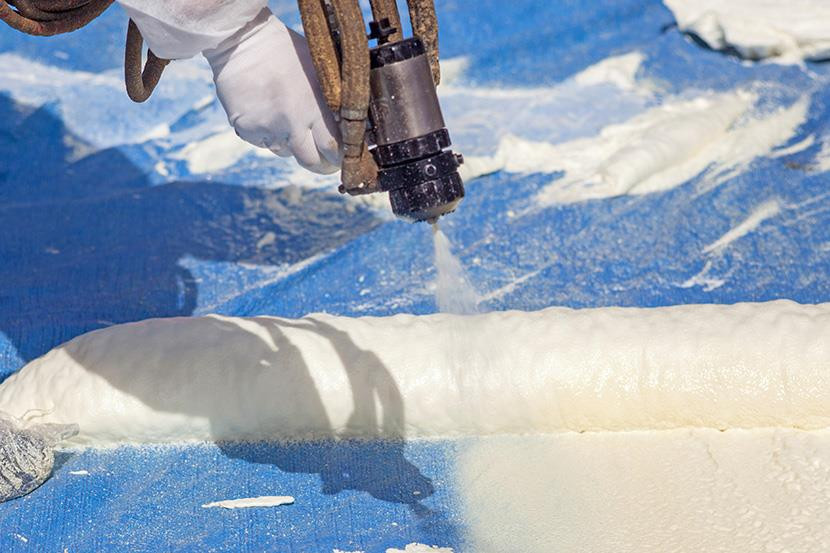
Conclusion
Effective insulation is less about guesswork and more about applied science. By slowing conduction, controlling convection, and managing radiant heat, insulation keeps indoor spaces stable and comfortable.
Pair that with the right R-value for your climate, proper installation, and moisture control, and insulation becomes more than just material in the walls—it becomes a shield that protects comfort, structure, and energy savings.
For residents and commercial property owners, understanding the science behind insulation means fewer headaches and lower bills. IgFor residents and commercial property owners, understanding the science behind insulation means fewer headaches and lower bills. Choosing professional spray foam insulation services ensures long-term performance, while ignoring it means paying for wasted energy, unnecessary repairs, and years of discomfort.
FAQs
How does insulation reduce energy bills?
It slows heat transfer, which keeps conditioned air inside longer. This reduces how often heating and cooling systems run.
Can insulation help with noise control?
Yes. Materials like cellulose and spray foam absorb sound waves, making rooms quieter and reducing outside noise.
Does insulation stop moisture problems completely?
Not completely. It manages moisture movement, but ventilation and vapor barriers may still be needed depending on climate.
What happens if insulation is installed poorly?
Gaps, compression, or uneven coverage reduce effectiveness. Even high-R-value materials fail if not applied correctly.
Is spray foam better than traditional insulation?
Spray foam often outperforms fiberglass or cellulose in air sealing and R-value, but the best choice depends on building type and goals.
Reviewer: Michael Carter reviewed this article using insight gained over 12 years in the spray foam business. His feedback focused on helping contractors reach new customers without overcomplicating their message.


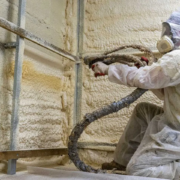


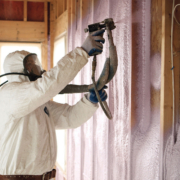

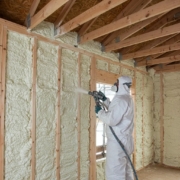
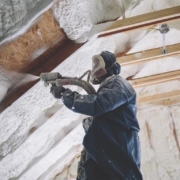
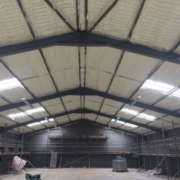

Leave a Reply
Want to join the discussion?Feel free to contribute!